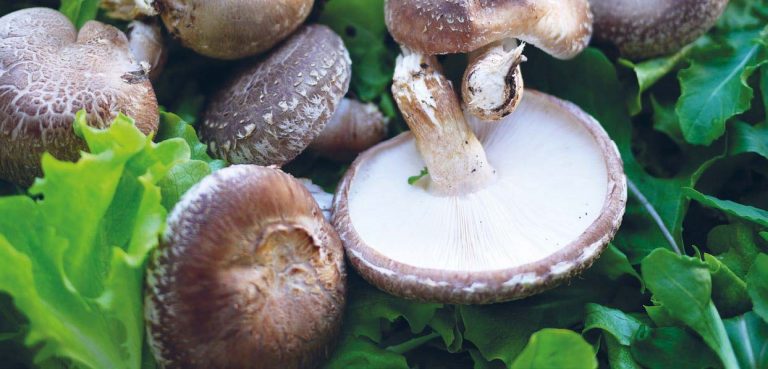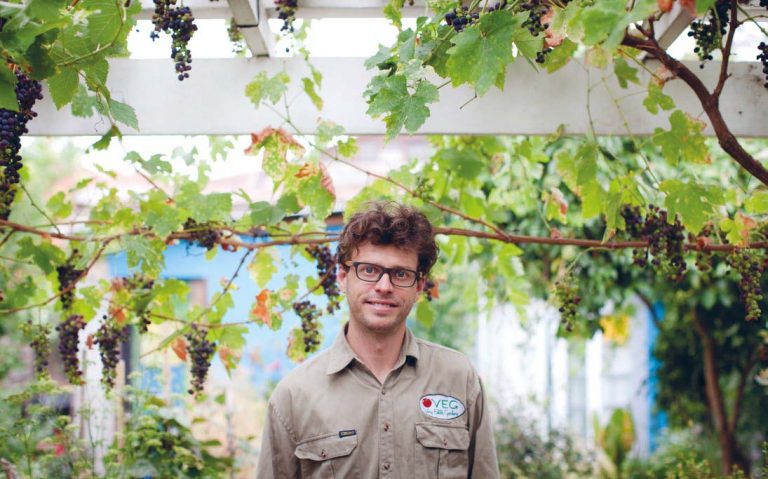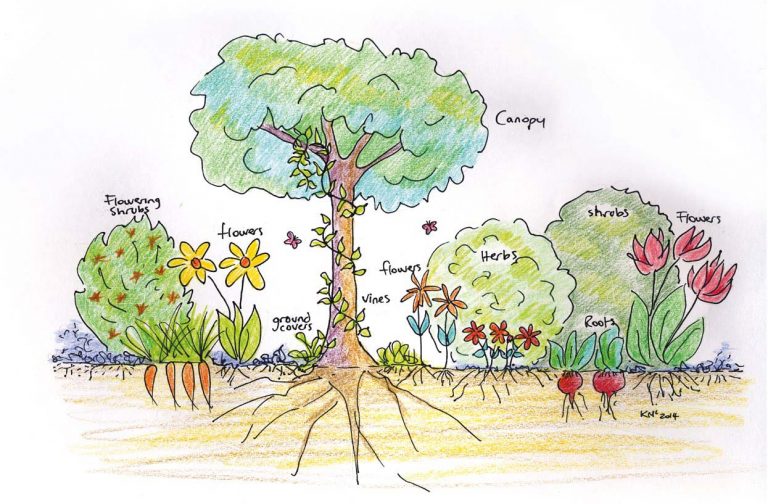Grow Your Own Shiitake

Shiitake mushrooms are the yummiest variety, in my opinion. They’re also the most expensive in the shops, and it’s virtually impossible to find organic ones, at least where we live. Solution: grow your own.
You’ll be happy to hear that making your own shiitake mushroom log is very easy. It would make a great holiday project for any family, or a great skill-share workshop in your community. Here’s how you do it.
Making a shiitake log:
Materials
- one recently cut log – ideally 100–150 mm in diameter, and preferably no less than 600– 750 mm in length
- shiitake spawn (plugs or sawdust)
- hand drill



